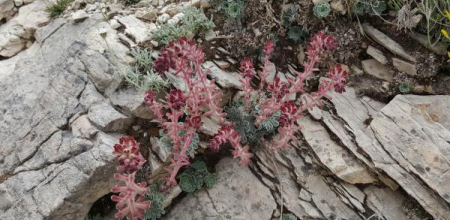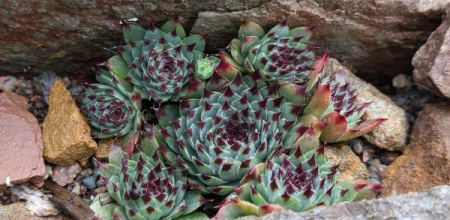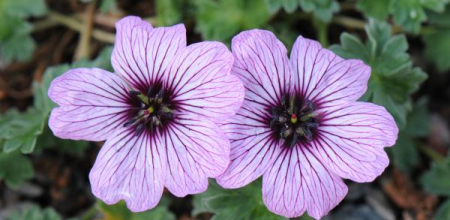Plant of the Month
Other plants of the month
-
Jan, 2025 Penstemon pinifolius
-
Dec, 2024 Soldanella hungarica
-
Nov, 2024 Ranunculus parnassifolius
-
Oct, 2024 Sempervivum calcareum
-
Oct, 2024 Crocus nudiflorus
-
Aug, 2024 Geranium cinereum 'Ballerina'
-
Jul, 2024 Adiantum aleuticum
-
Jun, 2024 Trillium cuneatum
-
May, 2024 Fritillaria meleagris
-
Apr, 2024 Tulipa tarda
-
Mar, 2024 Trillium erectum
-
Mar, 2024 Gypsophila repens
- ‹ previous
- 2 of 17
- next ›
Astragalus chamaeleuce
January 2026
Astragalus chamaeleuce is commonly called the cicada milk-vetch. It is native primarily in Utah and neighboring areas of Montana, Wyoming and Colorado, where it grows in semi-desert regions, and open juniper scrubland. Plants are generally under 15 cm, with pinnate, silvery-green leaves and nearly stemless magenta-pink flowers. Swollen bladder-like pods are an interesting feature later in the season.





